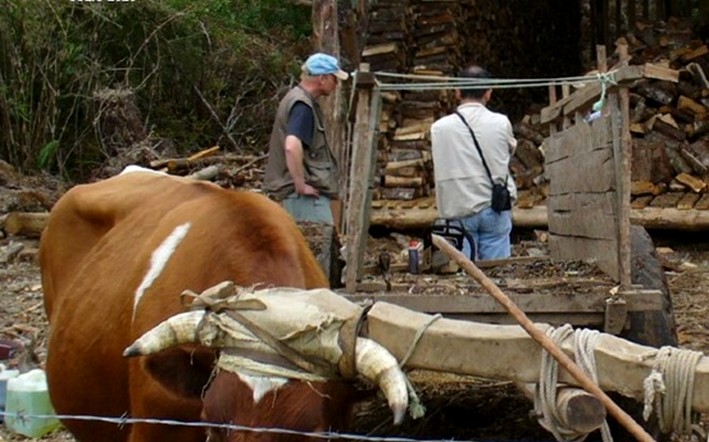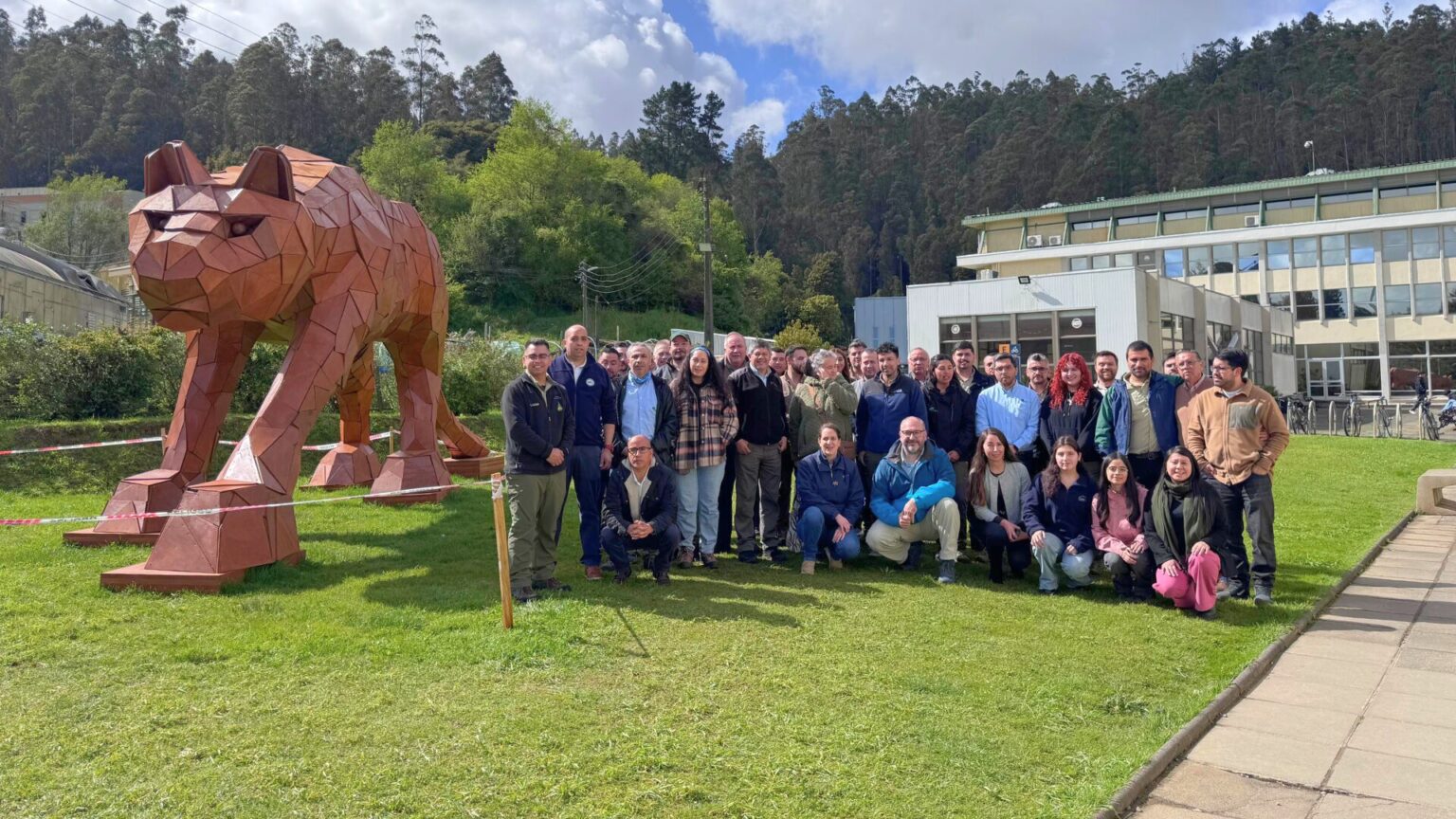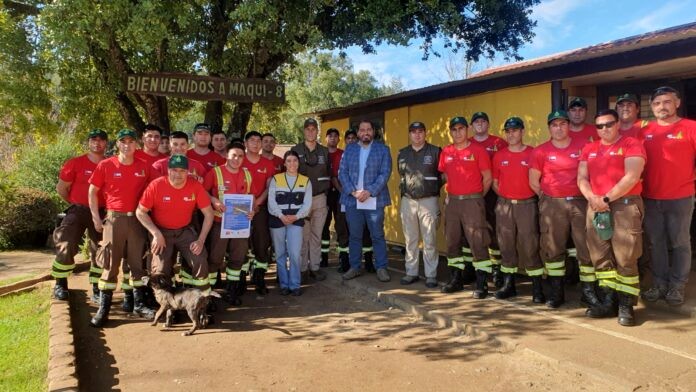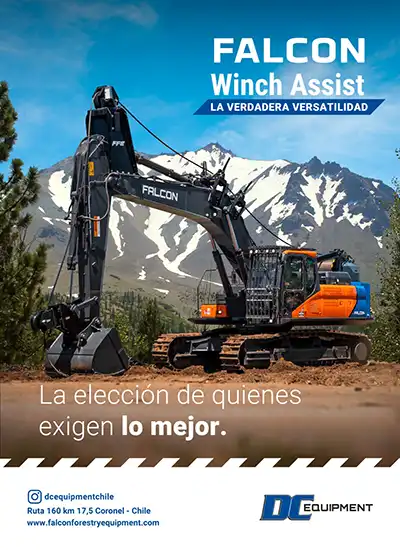Study certifies that wooden packaging is the most sustainable
- The Greenhouse Gas Emissions Observatory of the Universitat Politècnica de València recognizes wooden packaging as the most sustainable after this analysis, as it demonstrates a lower environmental impact.
Wooden packaging shows a lower environmental impact, particularly in greenhouse gas emissions, pollution and ecotoxicity, food safety, and water footprint categories, according to a study conducted by consultancy Géminis Tools in collaboration with researchers from the Information and Communication Technologies Against Climate Change group (ICTvsCC-ITACA) of the Universitat Politècnica de València. This scientifically rigorous study is a pioneering effort in the sector.
The scope of the Life Cycle Assessment (LCA) compares two types of single-use packaging used in the refrigerated international road transport of fruits and vegetables: wooden packaging and corrugated cardboard packaging.
The LCA is based on the most representative functional unit defined by exporting companies: a packaging system to store and transport 1,000 tons of mandarins from the origin market in Valencia to the destination market in Germany, covering a distance of 2,000 km by truck.
For this study, the most representative sales unit, commonly known as Pitufo (a registered trademark by FEDEMCO), was chosen as the packaging system. Its specifications are determined by the UNE 49051 standard. Among its possible formats, the Pitufo® with a base of 300 x 200 mm and a load capacity of 2 kilograms was selected.
The study conducted a thorough classification of all production and logistical processes across the entire value chain for both wooden and cardboard packaging, including all processes related to materials, semi-finished products, and final products—from cradle to grave. These were agreed upon and corroborated by the most representative companies in the sector.
A complete analysis of inventories, data collection, and calculation procedures was carried out, based on widely recognized, accepted, and used methodologies, as well as current international regulations. This enabled a rigorous quantification and evaluation of the most relevant inputs and outputs of the product system throughout its life cycle, integrating data obtained directly from companies across the value chain and published databases.
After a comprehensive analysis of all impacts following ISO 14044:2006 and 14040:2006 standards and using the ReCiPe 2016 methodology, the main results comparing wooden and cardboard packaging in the analyzed functional unit reveal that cardboard packaging has a greater impact in global warming, water consumption and eutrophication, and terrestrial acidification. This is due to the energy consumption and use of chemicals in the paper and cardboard recycling process.
As a general conclusion of the LCA, the final results of the study demonstrate that wooden packaging has a lower environmental impact than its corrugated cardboard counterparts.
The Greenhouse Gas Emissions Observatory of the Universitat Politècnica de València recognizes wooden packaging as the most sustainable after this analysis, as it shows a lower environmental impact in greenhouse gas emissions, pollution and ecotoxicity, food safety, and water footprint categories.
Other notable factors in the study include wooden packaging's contribution to the cascading use of natural forest resources, its high recycling rate, and its valorization. As an example of circular bioeconomy, it is one of the pillars of the European Green Deal in its goal to decarbonize the packaging and logistics sector. A natural and renewable material, it actively contributes to combating climate change in line with the European Forest Strategy 2030.
Life Cycle Assessment is the key scientific methodology in the transition toward a circular bioeconomy in the packaging sector, contributing to the European Union's sustainability policies and industrial regulations.
The European wood industry is a pioneer in circularity and carbon neutrality through resource efficiency, circular design, and prioritizing recycling over early energy recovery via cascading use.
In this regard, FEDEMCO has developed and promoted the European certification label ECOWOOX®, which certifies the eco-design and full recyclability of wooden packaging to comply with national and European regulatory requirements. This seal confirms the wooden packaging sector's commitment to the environment and demonstrates its recyclability.
More advantages of wooden packaging
The use of wooden packaging offers a significant advantage in refrigerated transport of fruits and vegetables, as it better preserves the properties of the transported product due to its strength and robustness.
Its physical and mechanical properties also stand out, as well as the protection it provides against changes in hygrothermal conditions (temperature, relative humidity, and potential water exposure from products or external sources).
The use of wood in this type of packaging is beneficial for promoting sustainable forest management and rural economies, especially in Mediterranean forests where the raw materials—mainly pine and poplar—originate.
The study underwent a critical review by a panel of three qualified, external, and independent expert reviewers in accordance with the international standards of ISO 14044:2006.
Source:aenverde.es










